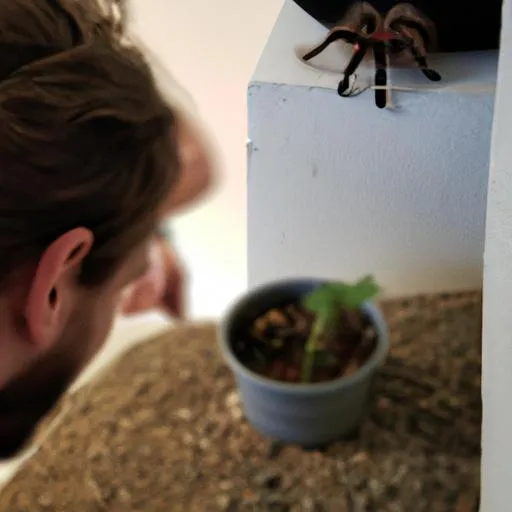Understanding Curly Hair Tarantula Breeding
Breeding curly hair tarantulas (Tliltocatl albopilosus), like many other tarantula species, can be a rewarding experience for the dedicated enthusiast. These spiders, known for their docile temperament and beautiful, curly hairs, are relatively straightforward to breed compared to some other species. However, success requires careful preparation, attention to detail, and a good understanding of their needs. This guide will walk you through every step of the process, from preparing your tarantulas for mating to raising the spiderlings. Breeding curly hair tarantulas offers a unique opportunity to contribute to the hobby and observe the fascinating life cycle of these creatures, but it’s essential to approach it responsibly, ensuring the well-being of the spiders throughout the process.
Prerequisites for Successful Breeding
Before attempting to breed your curly hair tarantulas, several prerequisites must be met. Ensuring that your tarantulas are healthy, well-fed, and mature is the first step. In addition to these essential factors, you’ll also need to have a clear understanding of the species and their specific needs.
Sexing Your Tarantulas

Accurately determining the sex of your tarantulas is crucial. The most common method is examining the exuviae (shed skin) after a molt. Look for the presence of spermathecae, the female’s sperm storage organs, which appear as distinct pockets between the book lungs on the underside of the abdomen. Males typically have a distinct sexual dimorphism, with their pedipalps often appearing bulbous or with tibial hooks on their front legs. These hooks are used to hold the female’s fangs during mating. Sexing tarantulas can sometimes be challenging, especially with younger specimens, but with practice and a magnifying glass, you can become proficient.
Image: sexing-curly-hair-tarantula.webp
Preparing the Female Tarantula
The female’s condition plays a critical role in breeding success. She should be well-fed and in good health, with a plump abdomen. Ensure she has access to fresh water and a suitable substrate. About a month before introducing the male, provide the female with extra food to build up her reserves, as she may refuse food after mating and during egg production. A well-fed female is also more likely to produce a healthy egg sac with viable offspring. Make sure that the female is at least two years old, or preferably older, before attempting to breed her. This ensures she is mature and ready for the stresses of reproduction. An older female is also likely to produce more offspring.
Image: female-curly-hair-tarantula.webp
Optimal Conditions for Breeding
Creating the right environment is vital for encouraging successful mating. The temperature and humidity levels should be carefully controlled, and the enclosure should be set up to minimize stress for both tarantulas. This section goes into detail regarding the environmental factors and setup necessary.
Temperature and Humidity Requirements
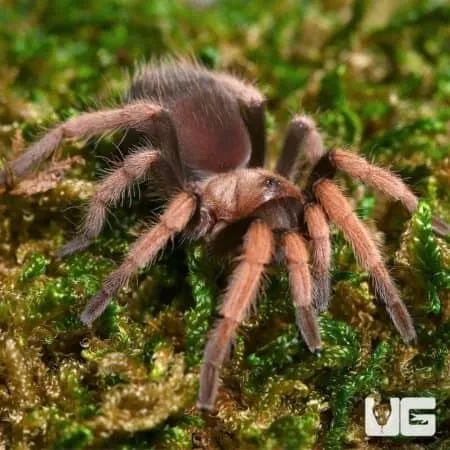
Curly hair tarantulas thrive in a temperature range of 75-85°F (24-29°C) and a humidity level of 65-75%. You can achieve these conditions using a combination of a heat source (like a heat mat or ceramic heat emitter) and regular misting. Use a hygrometer to monitor humidity levels accurately. Adequate ventilation is essential to prevent mold growth, but avoid excessive airflow, which can dry out the enclosure. Maintaining stable temperature and humidity levels will provide a comfortable environment, reducing stress and potentially increasing the chances of successful mating and egg production.
Setting Up the Breeding Enclosure
The breeding enclosure should be spacious enough to accommodate both tarantulas, but not so large that it becomes difficult for the male to find the female. Use a standard tarantula enclosure, ensuring it has a secure lid to prevent escapes. Provide a deep substrate layer (e.g., coconut fiber, peat moss) for burrowing, and add a hide, such as a piece of cork bark or a half-log, for the female to retreat to. Before introducing the male, remove any existing decorations in the enclosure, such as water dishes, that could pose a hazard during mating. A simple setup minimizes potential interference and allows for better observation of the breeding process. Ensure that the enclosure is in a quiet location to minimize stress on the tarantulas.
Image: curly-hair-tarantula-breeding-enclosure.webp
The Breeding Process
Once the prerequisites are met and the environment is prepared, you can begin the breeding process. This involves introducing the male to the female’s enclosure and carefully observing their behavior. Patience and a keen eye are required, as the process can sometimes take time and may not always result in a successful mating.
Introducing the Male
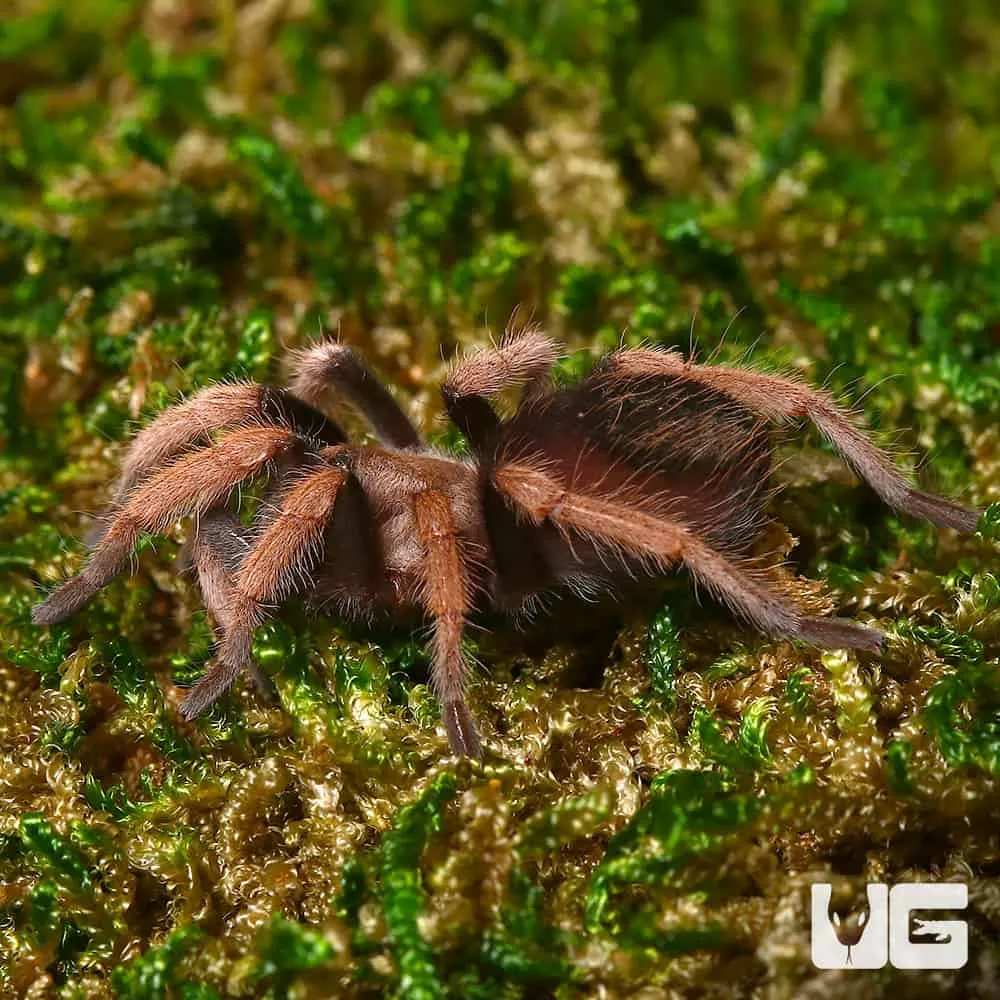
The male should be introduced to the female’s enclosure when she is receptive. It’s best to introduce the male during the evening or night, when tarantulas are most active. Carefully place the male into the enclosure, monitoring their behavior closely. Be prepared to separate the male quickly if the female is aggressive or if she attacks him. Always use a long pair of tongs to avoid injury to either tarantula. Some breeders will keep the male and female in separate enclosures side-by-side for a few weeks before introducing them, allowing them to acclimate to each other’s presence.
Image: male-curly-hair-tarantula.webp
Mating Behavior and Observation
Mating behavior can vary, but it typically involves the male drumming on the substrate to attract the female. If the female is receptive, she will approach the male, and he will use his pedipalps to inseminate her. The mating process can last anywhere from a few minutes to an hour or more. Observe the process carefully, and be ready to intervene if the female shows signs of aggression toward the male. After mating, it is crucial to remove the male from the enclosure immediately to prevent the female from attacking and possibly killing him. Some females may not be receptive, and in these cases, the male should be removed promptly, and the attempt can be made again later.
Image: curly-hair-tarantula-mating.webp
Post-Mating Care
After successful mating, the female requires specific care to ensure she produces a healthy egg sac. Careful monitoring of her behavior and environment is essential to maximize the chances of a successful outcome.
Caring for the Gravid Female
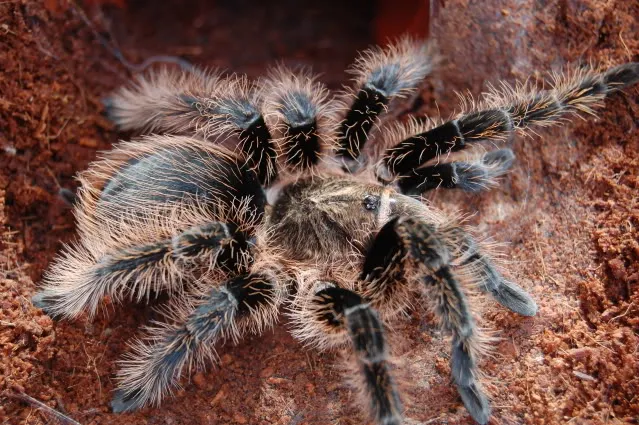
After mating, the female will begin to develop eggs. She will likely become less active and may refuse food for a period. Continue to provide fresh water and maintain the appropriate temperature and humidity levels. Avoid disturbing the female unnecessarily. Watch for signs of egg sac production, such as the female starting to build a web to enclose the egg sac. It is important to maintain a stable environment and to avoid any unnecessary stress on the female during this time.
Egg Sac Management
The female will typically lay her eggs in an egg sac, which she will then care for and protect. Observe the female’s behavior around the egg sac. She may move it around, turn it, or protect it aggressively. If you choose, you can remove the egg sac to incubate it artificially. However, this requires experience and careful handling. It is generally recommended that inexperienced breeders allow the female to care for the egg sac. Once the spiderlings hatch, the female will typically release them into the enclosure.
Image: curly-hair-tarantula-eggsac.webp
Raising Spiderlings
Once the spiderlings have hatched, you will need to provide them with appropriate care to ensure their healthy growth and development. This includes providing suitable food, housing, and environmental conditions.
Initial Care of Spiderlings
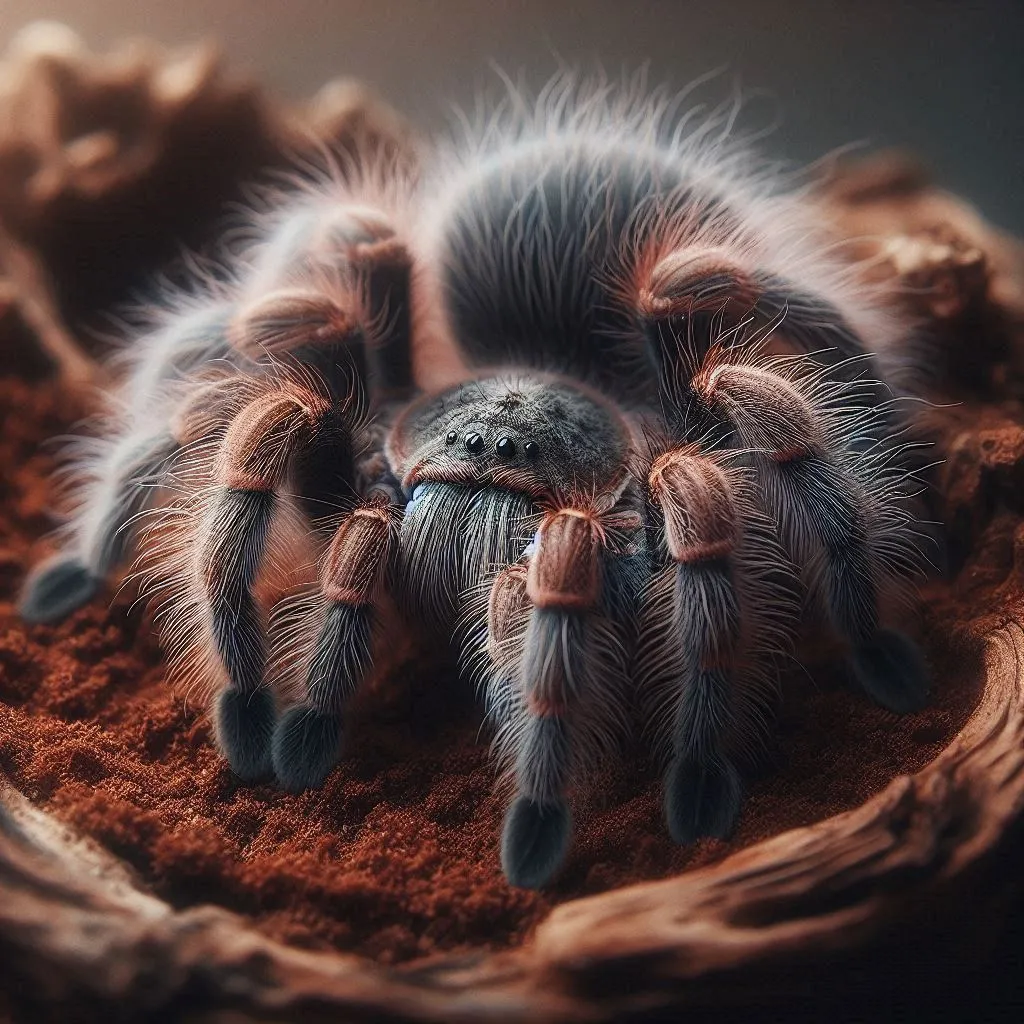
Spiderlings, also known as slings, are extremely small and delicate. They will need to be housed separately in small containers with ventilation and a shallow substrate. Provide them with a tiny water source, such as a bottle cap filled with water and a cotton ball. Keep the humidity and temperature at the same levels as for adults. Ensure a clean environment to reduce the risk of mites or other pests. Monitor the spiderlings regularly for signs of molting or any other health concerns. It is a good practice to start with a group of spiderlings, before separating them into individual enclosures to reduce stress.
Image: curly-hair-tarantula-spiderlings.webp
Feeding and Growth
Spiderlings require small food items such as fruit flies, pinhead crickets, or pre-killed mealworms. Feed them a small amount every few days, removing any uneaten food to prevent mold and mites. As the spiderlings grow, gradually increase the size of their food. Regular feeding is essential for their growth, and they should be able to eat at will. Provide a varied diet to ensure proper nutrition. The spiderlings will molt several times as they grow, and each molt will result in a larger spider. The growth rate varies depending on the individual tarantula and the conditions. Patience and a proactive approach to feeding are essential.
Image: feeding-curly-hair-tarantula-spiderlings.webp
Common Breeding Challenges
Breeding curly hair tarantulas can present several challenges. Recognizing and addressing these issues is vital for success. This section highlights some of the most common challenges faced by breeders and provides advice on how to manage them.
Dealing with Cannibalism

Cannibalism is a potential issue, particularly among spiderlings. To minimize the risk, ensure that all spiderlings are well-fed and housed separately as they grow. If you observe cannibalistic behavior, immediately separate the affected individuals. Monitor the spiderlings regularly and address any signs of aggression. Cannibalism can be minimized through proper feeding and separation of the spiderlings as they molt and grow. In addition, an appropriate amount of space and hiding places can help reduce stress and the potential for cannibalism.
Preventing and Managing Mite Infestations
Mite infestations are a common problem that can affect both adult tarantulas and spiderlings. Preventative measures include maintaining a clean enclosure, using a clean substrate, and quarantining new arrivals. If mites are present, you can use a variety of treatments, such as removing the affected substrate and thoroughly cleaning the enclosure. Insecticidal soap and other treatments designed for arachnids can be used. Maintaining good hygiene is the best way to minimize the risk of a mite infestation. Regularly inspect your tarantulas and their enclosures, and promptly address any signs of infestation.
Image: curly-hair-tarantula-mite-infestation.webp
Conclusion
Breeding curly hair tarantulas can be a rewarding experience. By understanding their needs and following these guidelines, you can increase your chances of success. Always prioritize the health and well-being of your tarantulas, and be prepared for challenges along the way. With patience, knowledge, and a dedication to the hobby, you can enjoy the fascinating process of breeding these beautiful creatures. Remember, responsible breeding involves proper research, careful observation, and a commitment to providing the best possible care for your tarantulas. Good luck, and enjoy the journey!
